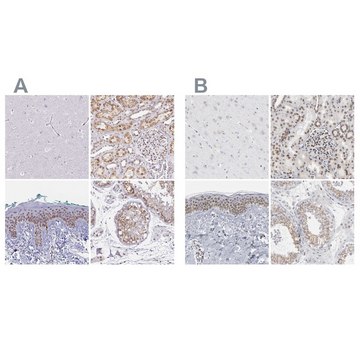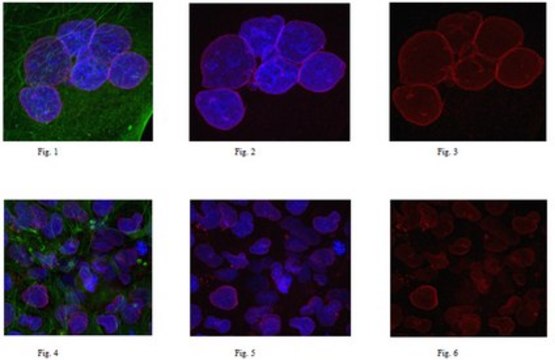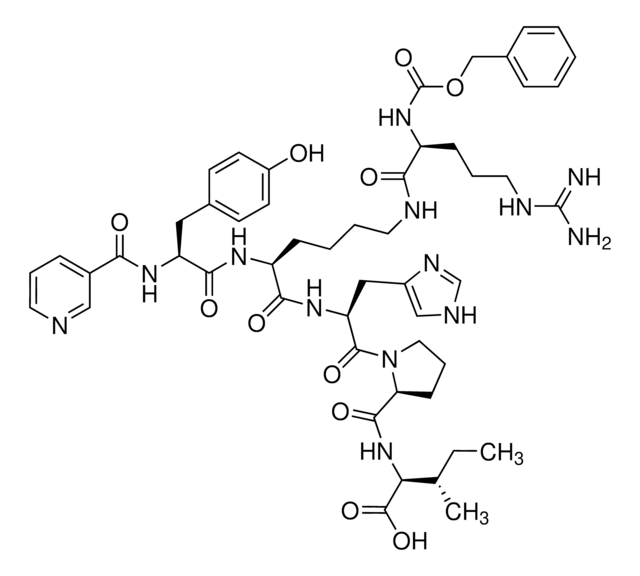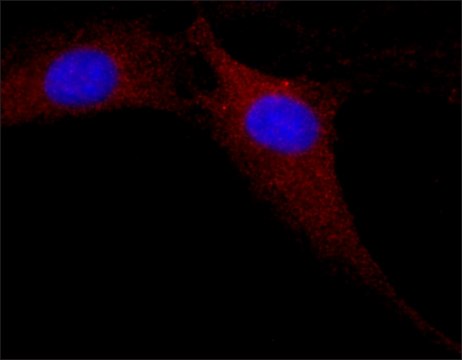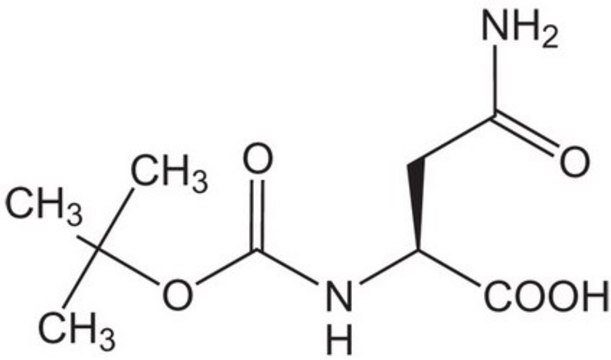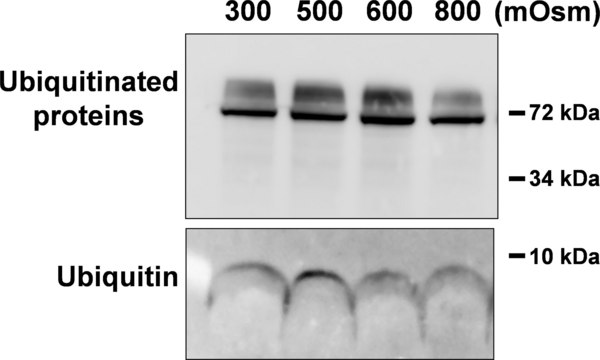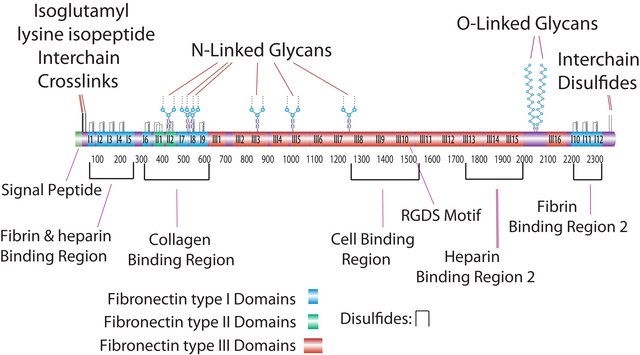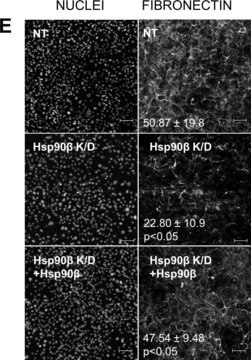ABN2288
Anti-Nesprin-2/SYNE2
Synonym(s):
KASH domain-containing protein 2, KASH2, Nuclear envelope spectrin repeat protein 2, Nucleus and actin connecting element protein, Protein NUANCE, Synaptic nuclear envelope protein 2, Syne-2
About This Item
Recommended Products
biological source
rabbit
Quality Level
antibody form
purified antibody
antibody product type
primary antibodies
clone
N/A, polyclonal
mol wt
calculated mol wt 782.75 kDa
observed mol wt ~135 kDa
species reactivity
mouse
species reactivity (predicted by homology)
canine
packaging
antibody small pack of 100 μL
technique(s)
immunocytochemistry: suitable
western blot: suitable
isotype
IgG
epitope sequence
N-terminal
Protein ID accession no.
UniProt accession no.
storage temp.
-10 to -25°C
Gene Information
mouse ... Syne2(319565)
General description
Specificity
Immunogen
Application
Evaluated by Immunocytochemistry in NIH3T3 cells.
Immunocytochemistry Analysis: A 1:1,000 dilution of this antibody detected Nesprin-2/SYNE2 in NIH3T3 cells.
Tested applications
Western Blotting Analysis: A representative lot detected Nesprin-2/SYNE2 in Western Blotting application (Luxton, G.W., et. al. (2010). Science. 329(5994); 956-9).
Western Blotting Analysis: A 1:1,000 dilution from a representative lot detected Nesprin-2/SYNE2 in NIH-3T3 overexpressing Nesprin-2.
Immunocytochemistry Analysis: A representative lot detected Nesprin-2/SYNE2 in immunocytochemistry application (Zhang, Q., et. al. (2019). Curr Biol. 29(17); 2826-2839).
Note: Actual optimal working dilutions must be determined by end user as specimens, and experimental conditions may vary with the end user.
Physical form
Storage and Stability
Other Notes
Disclaimer
Not finding the right product?
Try our Product Selector Tool.
Storage Class Code
11 - Combustible Solids
WGK
WGK 1
Flash Point(F)
Not applicable
Flash Point(C)
Not applicable
Regulatory Information
Certificates of Analysis (COA)
Search for Certificates of Analysis (COA) by entering the products Lot/Batch Number. Lot and Batch Numbers can be found on a product’s label following the words ‘Lot’ or ‘Batch’.
Already Own This Product?
Find documentation for the products that you have recently purchased in the Document Library.
Our team of scientists has experience in all areas of research including Life Science, Material Science, Chemical Synthesis, Chromatography, Analytical and many others.
Contact Technical Service